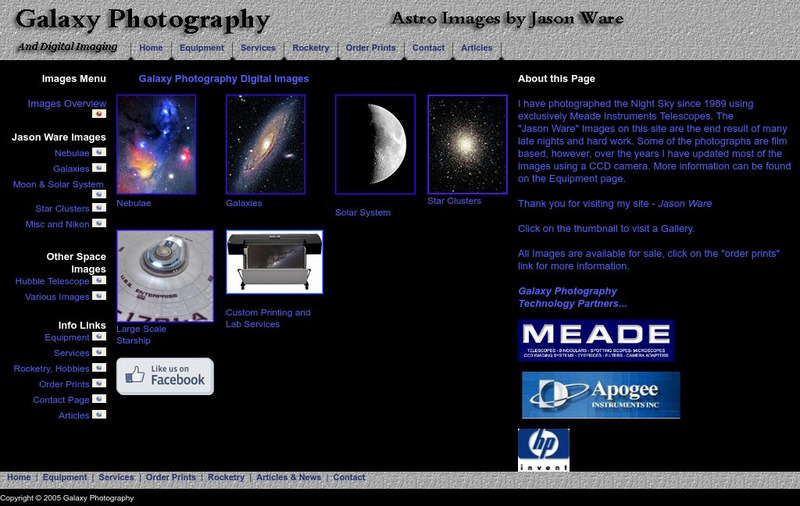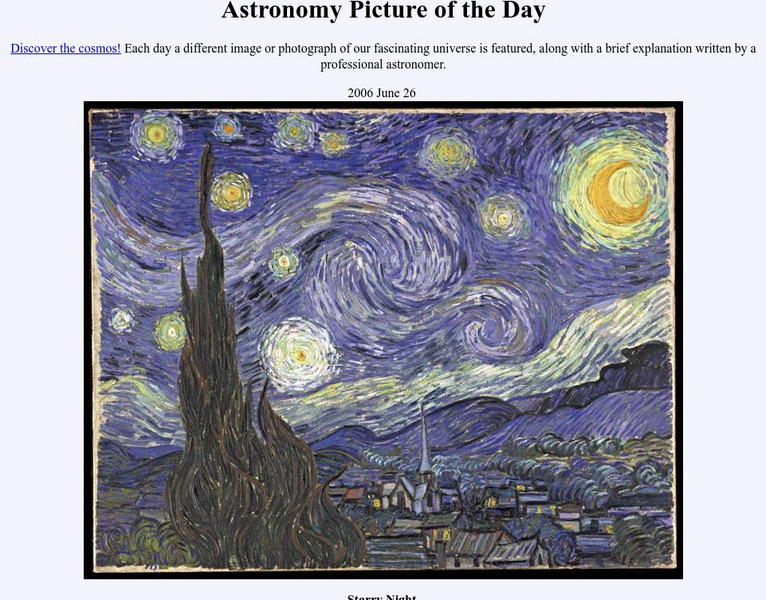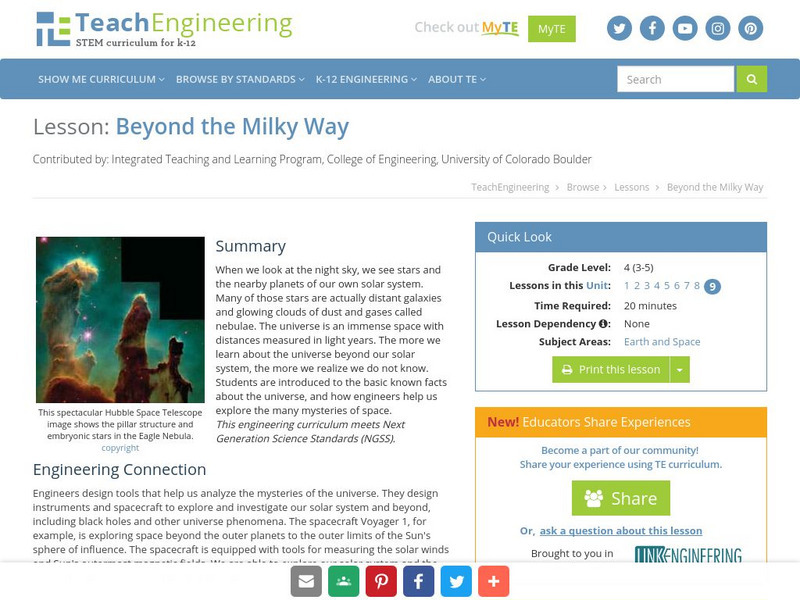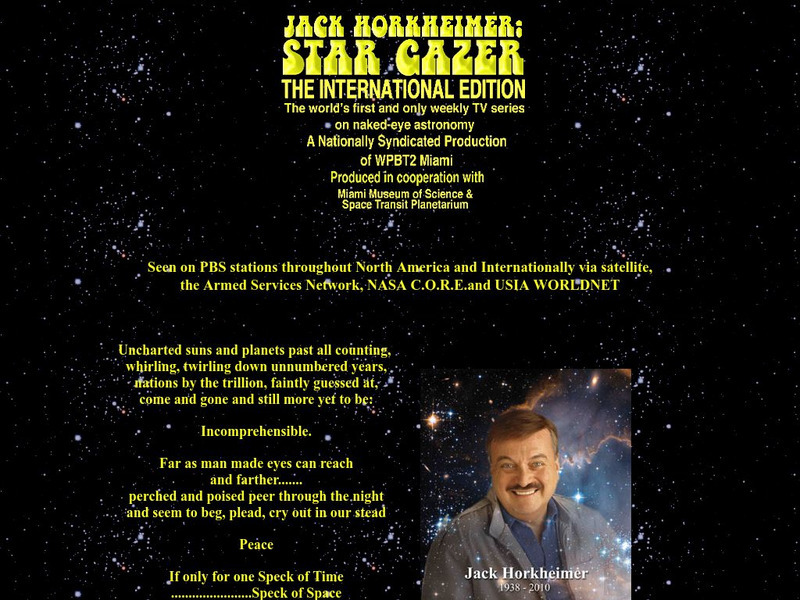Hi, what do you want to do?
PBS
Pbs Learning Media: The Moon in the Sky
Students observe representational images and use as evidence to describe how the Moon is visible in the day and night sky. The digital slideshow is used to provide students with the opportunity to observe and describe how the Moon can be...
PBS
Pbs Learning Media: The Moon in the Day and Night Sky: Lesson Plan
Observe that the Moon is visible in the sky during the day and night with this GBH lesson plan. Students will use evidence from observations, both firsthand and through media, to describe that the Moon can be visible at different times...
BSCS Science Learning
Bscs: Globe at Night Dark Skies
In this inquiry, learners predict the best place to stargaze in Arizona based on the brightness of the night sky. Students are introduced to the concept of light pollution and Globe at Night, a global citizen science project in which...
BSCS Science Learning
Bscs: Globe at Night Dark Skies
In this inquiry, students predict the best place to stargaze in Arizona based on the brightness of the night sky. Students are introduced to the concept of light pollution and Globe at Night, a global citizen science project in which...
NASA
Nasa: Night Sky Network: Pocket Solar System
Individual or classroom activity helps students understand the solar system because they can visualize it. Extension resources are included.
Science Buddies
Science Buddies: The Moon and the Stars
When you are in the city, only a few of the brightest stars are visible. But when you are in the country, you can see many more stars than you can count. Sometimes you can even see the bright belt of our galaxy, the Milky Way. In this...
American Association of Physics Teachers
Com Padre Digital Library: Open Source Physics: Equatorial Coordinates Model
Using equatorial coordinates, observers will examine the position of a star over the course of the night sky in this simulation.
Science Buddies
Science Buddies: Where Did All the Stars Go?
If you live in a big city or urban area it is hard to see many stars at night. In most urban areas only the most brilliant stars, planets and the moon can be seen. This is because of something called light pollution which is the...
Other
Galaxy Photography and Digital Imaging
A site for images and how to take images of the night sky. Backed by Meade, a maker of telescopes. Good information on equipment and techniques as well.
TED Talks
Ted: Ted Ed: The Origin of Countless Conspiracy Theories
Why can we find geometric shapes in the night sky? How can we know that at least two people in London have exactly the same number of hairs on their head? And why can patterns be found in just about any text - even Vanilla Ice lyrics?...
Read Works
Read Works: "Fireflies in the Garden"
[Free Registration/Login Required] A poem by Robert Frost about fireflies in the night sky. A question sheet is available to help students build skills in reading comprehension.
Environmental Education for Kids
Eek!: Be the Change: Light Pollution?
Light pollution is a particular concern in urban areas as people cannot enjoy looking at the night sky and all this light is being wasted.
NASA
Astronomical Society of the Pacific: Telescope Treasure Hunt
This hands-on astronomy activity lets learners hunt for different objects in the night sky that contribute to stellar and planetary formation, using a Treasure List. They will learn how stars and their planets form and will find objects...
Other
Sea and Sky: The Constellations
Is that a lion in the sky? Find out what the constellations are, how they were named, and when stargazers might see specific ones throughout the year.
PBS
Pbs: Seeing in the Dark
While you won't find the full movie here, there are extensive learning opportunities available to discover the many stars in the sky. Students and teachers will find all sorts of activities, facts, and lessons.
NASA
Nasa: Astronomy Picture of the Day: "The Starry Night" by Vincent Van Gogh
Discover why the scientists at NASA awarded Van Gogh's famous painting of the night sky, "The Starry Night," a spot on its astronomy-picture-of-the-day site.
Sophia Learning
Sophia: Phases of the Moon
This lesson will introduce the phases of the moon and why the moon appears to change shape in the night sky throughout the month.
Utah Education Network
Uen: Trb 3:1 Investigation 6 Celestial Model
Third graders will gain an understanding of why stars appear to move across the night sky.
AdLit
Ad lit.org: Reading Discussion Guide: The Last of the Sky Pirates
Fifty years after Captain Twig severed the anchor chain securing the floating rock of Sanctaphrax to Undertown, all is not well in the great floating city or the urban sprawl of Undertown. Rook Barkwater is selected as a Librarian Knight...
PBS
Pbs Teachers: Shackleton's Antarctic Odyssey: Let the North Star Tell You Where
Through this activity, students will understand how to determine latitude and locate specific stars in the night sky. They will also have a chance to build and use an astrolabe.
TeachEngineering
Teach Engineering: Beyond the Milky Way
When we look at the night sky, we see stars and the nearby planets of our own solar system. Many of those stars are actually distant galaxies and glowing clouds of dust and gases called nebulae. The universe is an immense space with...
Other
Bscs: Globe at Night Dark Skies
In this self-directed lesson, students investigate what contributes to light pollution using data from locations around the globe. A handout with everything the student needs to complete this lesson is available as a PDF or Google Document.
Other
Jack Horkheimer: Star Gazer
This is a site on astronomy in general. If you are into astrophotography, you can find out what is happening in the heavens! Jack Horkheimer is also seen on PBS. You can access the 5 or 1 minute shows on this site.
E-learning for Kids
E Learning for Kids: Science: Antarctica: Describe the Life Cycle of Stars
Discover the stars with Peter. At his mom's research center, help Peter learn constellations and learn about characteristics of stars.
Other popular searches
- Observing the Night Sky
- Observe the Night Sky
- Touring the Night Sky
- Navigating the Night Sky
- In the Night Sky
- Viewing the Night Sky
- Observing the Night Time Sky





















